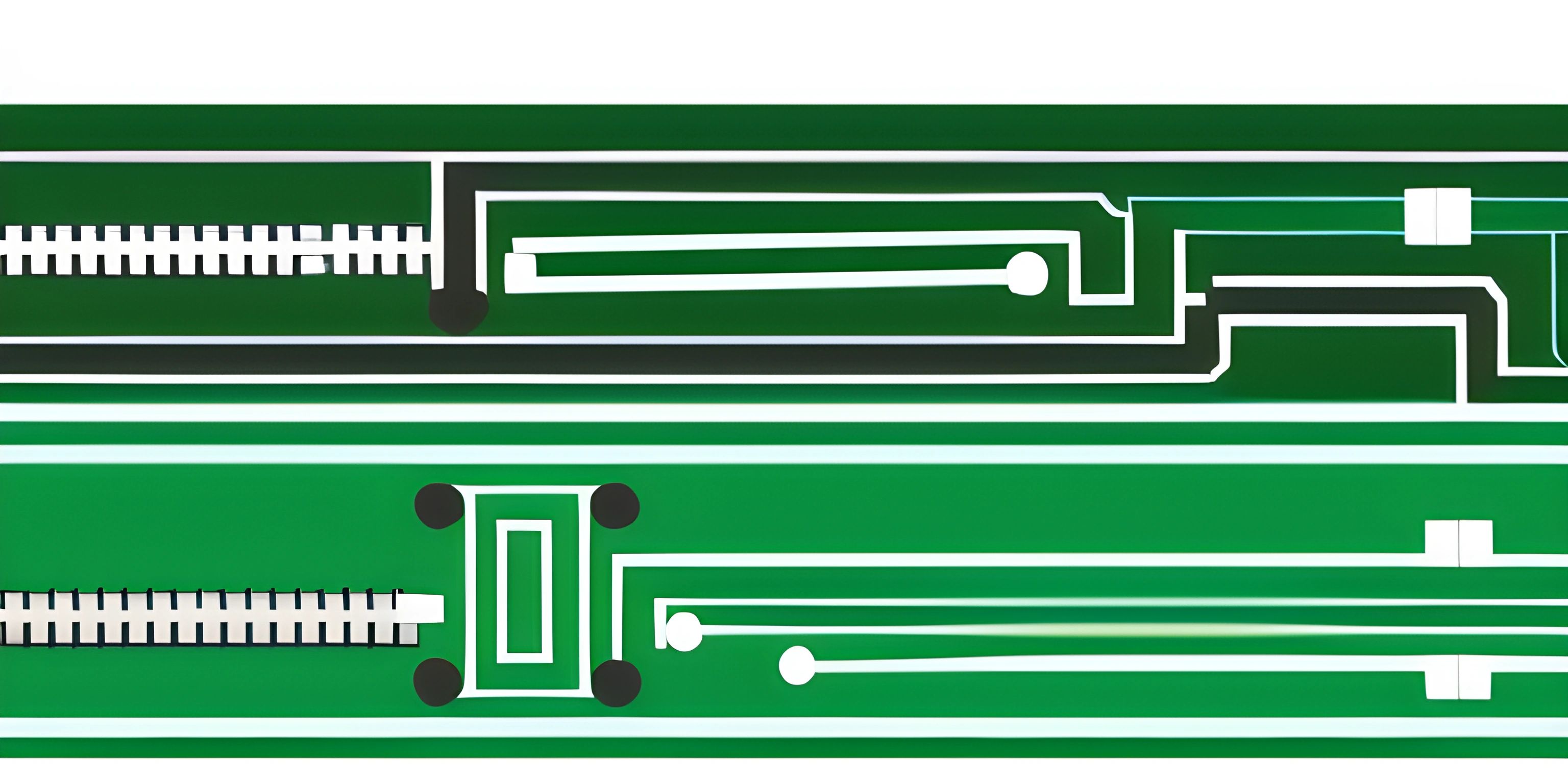Unraveling Assembler Programming

Note: this page has been created with the use of AI. Please take caution, and note that the content of this page does not necessarily reflect the opinion of Cratecode.
The world of programming is astoundingly vast, with high-level languages like Python and JavaScript ruling the roost with their user-friendly features. But lurking beneath these relatively easy-to-use languages is a collection of low-level programming languages, where Assembler holds a special place. Let's dive into the fascinating world of Assembler programming.
What is Assembler?
Assembler, also known as assembly language, is a low-level programming language that's one step away from the raw binary machine code understood by a computer's hardware. It's like the Rosetta Stone that deciphers the cryptic machine language into something more human-readable. Each instruction in Assembler corresponds directly to one in machine code.
Why Use Assembler?
You might be wondering why one would bother with a low-level language like Assembler when there are high-level languages available. Assembler gives the programmer direct control over the hardware and can result in faster, more efficient programs. It's used in situations where hardware interaction or speed is paramount, such as in embedded systems, microcontroller programming, and device drivers.
MOV AL, 1h ; Load AL with immediate value 1h
MOV CL, 2h ; Load CL with immediate value 2h
ADD AL, CL ; Add CL to ALThe above Assembler code snippet, as an example, performs simple arithmetic operation of adding two numbers. Each line represents a unique machine code instruction.
Working with Assembler
Writing in Assembler involves defining data and outlining procedures or routines. Procedures are blocks of code that carry out specific tasks, while data is manipulated by these procedures. You can think of it as a factory assembly line where procedures are the workers and data is the raw material being processed.
Challenges of Assembler
Programming in Assembler can be challenging. It requires a deep understanding of the computer architecture and is often complex and error-prone. Each CPU architecture has its own unique assembly language, which means an Assembler code for one type of processor won't run on another. However, the rewards of mastering it are high, as it allows for a level of performance tuning, optimization, and hardware control that's hard to match in higher-level languages.
As you embark on the journey to understand Assembler programming, remember, it's not an easy stroll in the park. It's more like a thrilling mountain hike. It's strenuous, sure, but the view from the top is worth every step.
Hey there! Want to learn more? Cratecode is an online learning platform that lets you forge your own path. Click here to check out a lesson: Rust - A Language You'll Love (psst, it's free!).
FAQ
What is Assembler?
Assembler, also known as assembly language, is a low-level programming language that is one step away from the raw machine code that a computer's hardware understands. Each instruction in an Assembler corresponds directly to one in machine code.
Why would someone use Assembler instead of a high-level language?
Assembler gives a programmer direct control over the system hardware and can result in faster, more efficient programs. It is used when hardware interaction or speed is of utmost importance, such as in embedded systems, microcontroller programming, and device drivers.
What are the challenges of using Assembler?
Programming in Assembler can be complex and error-prone. It requires a deep understanding of the computer architecture. Moreover, each CPU architecture has its own unique assembly language, which means an Assembler code written for one type of processor won't run on another. Despite these challenges, mastering Assembler allows for a level of performance tuning, optimization, and hardware control that's hard to match in higher-level languages.





